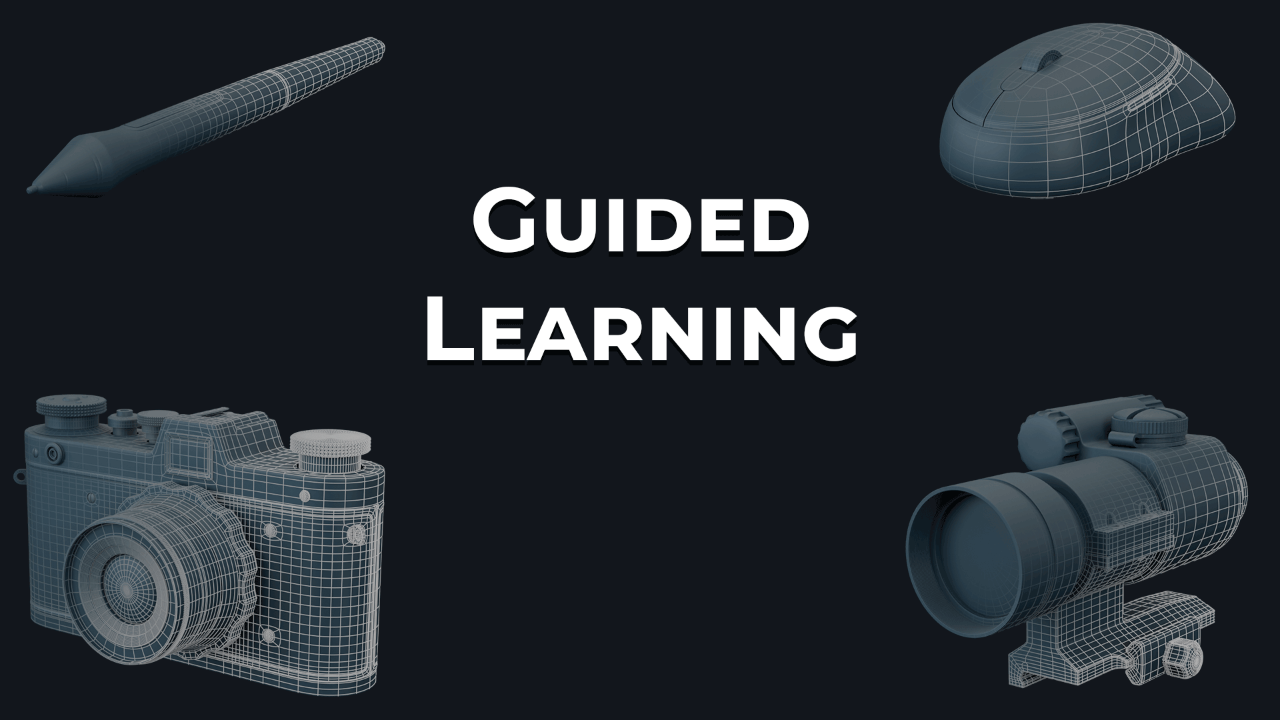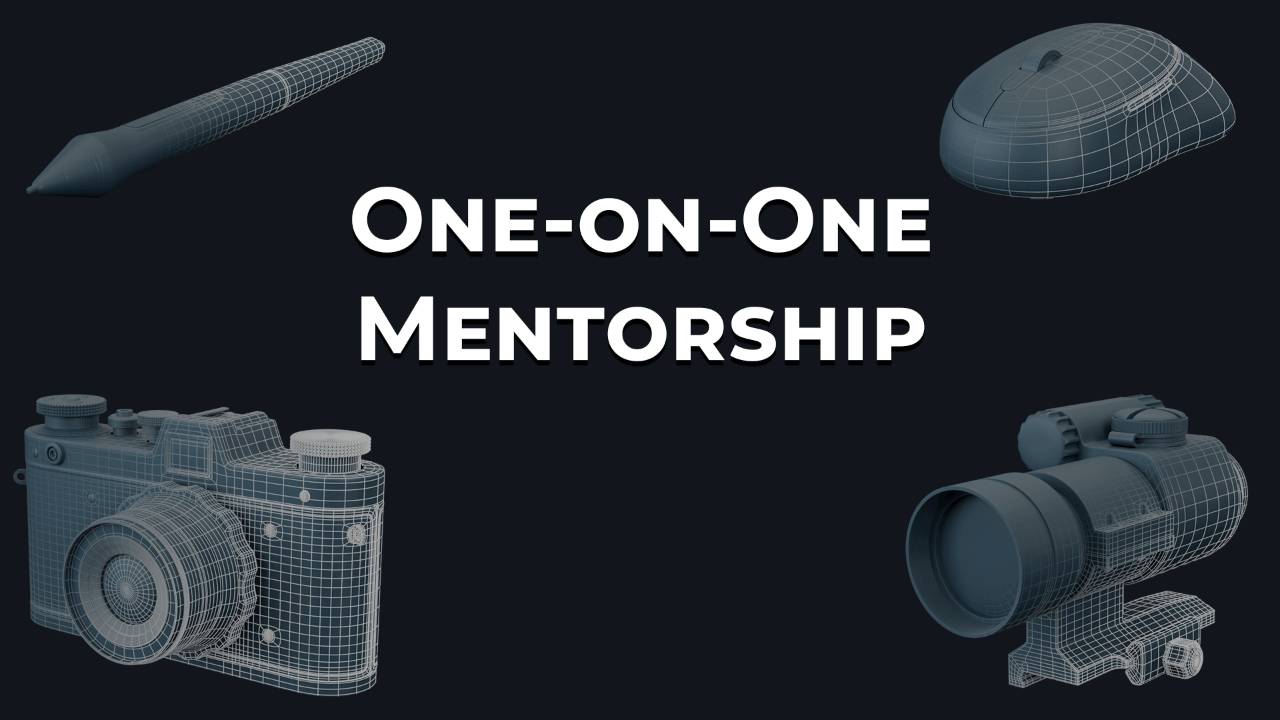10+ Hours of Content
Over 20 videos on basic to advanced concepts in 3D modeling

Community
Access to like minded artists to help each other grow

Proven Workflows
Learn 3d modeling workflows that are used in industry
Module 1: Introduction and Course Overview
Objectives:
- Understand the purpose and structure of the course.
- Explore the types of 3D modeling and their industry applications.
- Gain insight into Sub-D modeling and its significance.
Overview:
- Welcome: Learn the course goals and how it will transform your modeling skills.
- Meet Your Instructor: Get to know your mentor and their expertise in 3D modeling and teaching.
- How to Approach This Course: Discover the structure and learning strategies for maximizing your progress.
- Exploring Types of 3D Modeling and Applications: Understand modeling techniques and their uses across industries.
This module sets the stage for your journey, equipping you with clarity and motivation to master 3D modeling.


Module 2: Modeling and Topology Fundamentals
Objectives:
- Set up your 3D modeling environment.
- Learn essential Sub-D modeling principles.
- Avoid common pitfalls and adopt best practices.
Overview:
- Getting Set Up for Success: Install and optimize Blender with essential tools and add-ons.
- Key Concepts for Sub-D Modeling: Master quads, edge flow, and support edges for smooth models.
- Do’s and Don’ts: Identify and fix common modeling issues to maintain clean topology.
Modeling Exercise: Sub-D Modeling a Pen
- Challenge Yourself: Attempt to model a pen using Sub-D techniques as an assessment of your current understanding.
- Reflection: After completing your model, watch the tutorial video to see how the instructor approaches the task and compare your results.
- Iterate: If your model isn’t quite there, don’t worry! Revisit the exercise after watching the video, and you’ll see improvement with a second attempt.
This module establishes a strong foundation in both theory and practice, giving you the tools to begin your 3D modeling journey with confidence.


Module 3: Advanced Sub-D Modeling Techniques
Objectives:
- Deepen your understanding of Sub-D modeling workflows.
- Learn advanced techniques for creating detailed, clean, and professional models.
- Apply your skills to solve real-world modeling challenges.
Overview:
- Explore advanced concepts like sharp edges, circular extrusions, and localizing topology.
- Learn non-destructive workflows using modifiers for flexibility and precision.
- Apply Sub-D techniques to create refined base forms and protect complex details.
Modeling Exercise:
- Put your skills to the test by modeling a mouse asset.
- Apply concepts from Modules 2 and 3, including Sub-D fundamentals and advanced topology techniques.
This module challenges you to combine theory and practice, advancing your skills and confidence in tackling real-world modeling projects.


Module 4: Mastery Through Iteration
Objectives:
- Refine your skills with practical, iterative modeling techniques.
- Develop mastery of complex Sub-D modeling concepts through real-world application.
Overview:
- Learn to manage mesh density and balance detail in curved and hard-surface models.
- Practice workflows like model–subdivide–detail for adding intricate features.
- Explore advanced techniques such as creating panels, using booleans effectively, and managing non-planar faces and poles.
Modeling Exercise:
- Model a vintage camera to solidify your skills through iterative practice.
- Apply all the concepts learned so far, including mesh density, protecting details, and effective topology management.
This module focuses on reinforcing and mastering the techniques introduced in earlier modules, ensuring confidence and precision in complex 3D modeling tasks.


Module 5: Advanced Problem-Solving in 3D Modeling
Objectives:
- Address advanced modeling challenges with practical, real-world solutions.
- Integrate all learned concepts to create clean, efficient, and production-ready models.
Overview:
- Learn to handle and fix ngons and tris for clean, predictable topology.
- Explore techniques for solving concave polygons and maintaining smooth surfaces.
- Combine booleans with advanced methods to create intricate, detailed models.
Modeling Exercise:
- Model a weapon scope, tackling unique challenges that test your mastery of advanced concepts.
- Use real-world solutions to manage complex topology and refine intricate details.
This module focuses on applying advanced problem-solving techniques to produce high-quality, production-ready 3D models.







